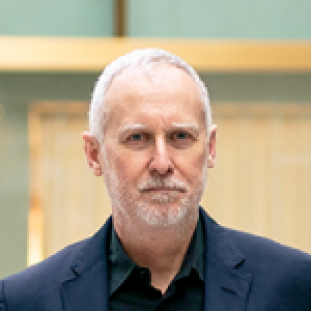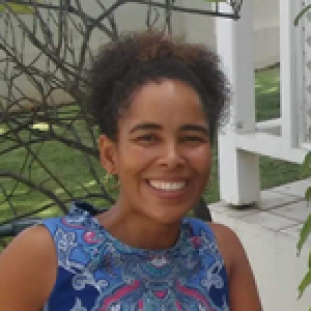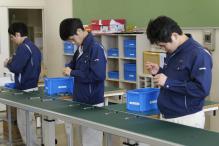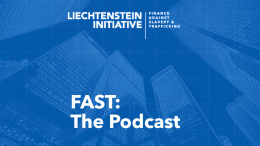FAST: Convening Africa brought together participants from around the world, including survivors, the financial sector, worker representatives, and civil society organizations, in collaboration with partner organization, the South African Anti-Money Laundering Integrated Task Force (SAMLIT).
Key takeaways from the conference included:
- Data: Data runs through the entire process of addressing modern slavery and human trafficking – from identification to remedy. What you can’t measure, you can’t manage or improve. The “S” in ESG is not impossible to measure; using qualitative data helps reflect survivors’ lived experiences.
- Financial inclusion: while access is crucial, we must move to meaningful usage of tailored financial products that can enable vulnerable populations and survivors to access essential services.
- Remedy: Remedy does not stop at criminal justice: Survivors need and deserve an independent, dignified life with socio-economic opportunities.
- Prevention: Vulnerability doesn’t start when one is trafficked, it results from pre-existing structural inequalities which prevention work needs to address
- Collaboration: Efforts are needed to build cross-sectoral coalitions. Global knowledge exchange is critical: If you share information with different stakeholders, you can tackle a problem holistically.
About the FAST initiative
Finance Against Slavery and Trafficking (FAST) is a multi-stakeholder initiative based at UNU-CPR that aims to mobilize the financial sector against modern slavery and human trafficking (MS/HT). FAST is a knowledge partner for governments, multilateral organizations, and financial sector actors. Through its alliance-building and survivor-informed approach, FAST works with its partners worldwide to end modern slavery and human trafficking in line with the UN Sustainable Development Goals (SDGs), with a particular focus on SDG target 8.7.
FAST advises on implementing its publication, Blueprint for Mobilizing Finance Against Slavery and Trafficking, across the financial sector to promote uptake of the Blueprint’s recommendations.









